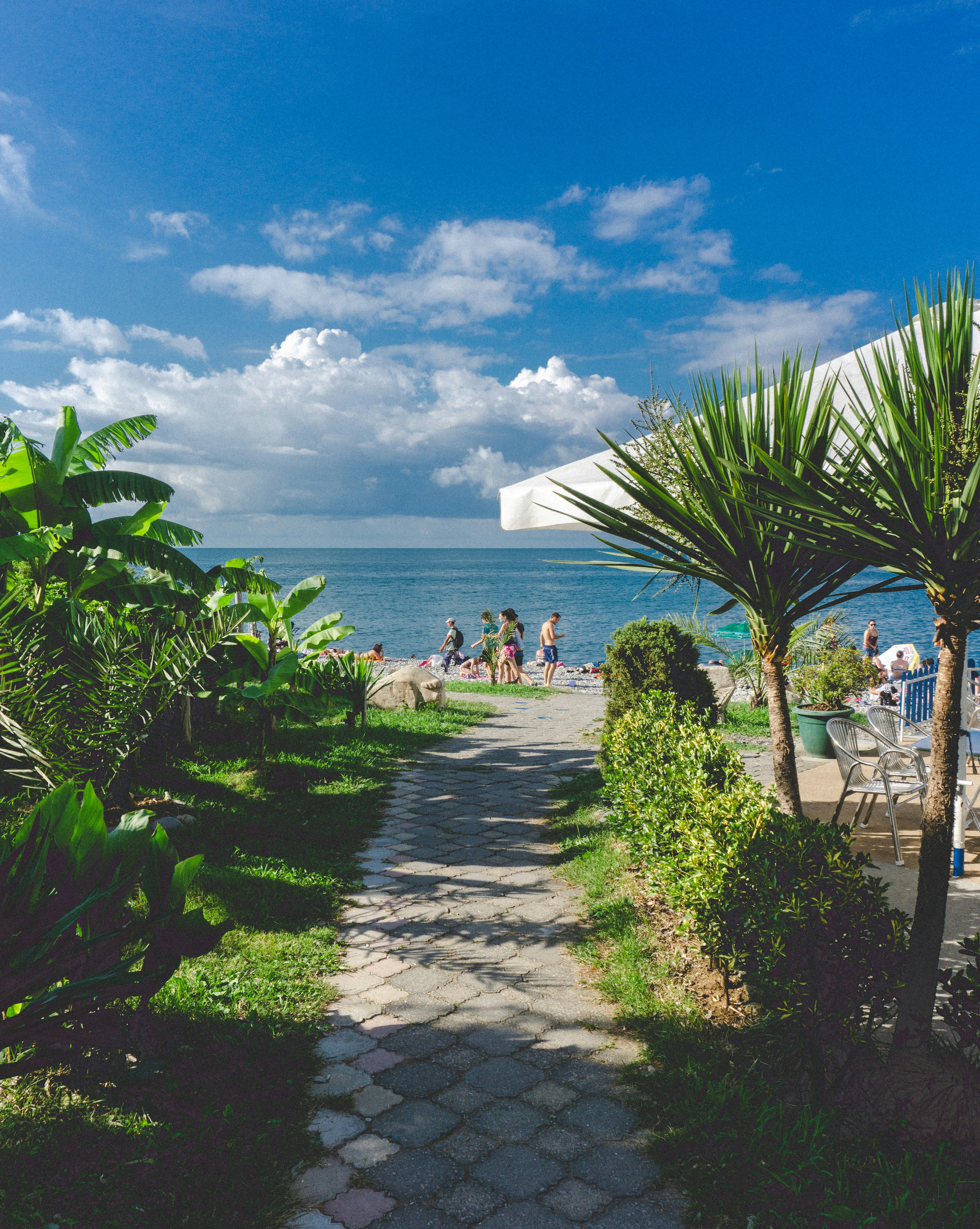Strategies to Prevent Exercise-Related Muscle Spasms During Your Runs
Addressing Muscle Cramps in Runners: Treatment and Prevention Strategies
Muscle cramps, a common affliction among runners, can disrupt even the most meticulously planned training sessions. Fortunately, understanding the causes and implementating preventive measures can help athletes maintain their performance and stay cramp-free.
Understanding Muscle Cramps
Muscle cramps are sudden, involuntary contractions of muscles, often described as a tightening or knotting sensation. Though they most commonly affect the calf muscles, they can also impact the hamstrings, quadriceps, and other muscles used extensively during running. The duration of cramping typically ranges from a few seconds to several minutes, with residual discomfort persisting for a brief period.
The Root Causes of Cramps
Exercise associated muscle cramping (EAMC) is a common occurrence in runners, often stemming from a variety of causes. While heat may contribute to cramping in some instances, it's essential to note that cramps can occur in cold and moderate temperatures as well.
EAMC is thought to be the result of altered nerve and muscle control due to fatigued muscles. This can be likened to an electrical circuit, with the nerve providing the electrical charge that causes muscle contraction. As muscles become fatigued, the supply of electricity (the nerve) to the muscle may be disrupted, leading to the cramping sensation. Other factors, such as a history of tendon or ligament injuries, poor conditioning, and genetics, may also play a role in muscle cramping.
Treatment Methods for Muscle Cramps
Fortunately, there are various methods to help prevent and alleviate muscle cramps in runners.
- Passive Stretching: Gently stretching the affected muscle can help relieve the cramp by lengthening the muscle. An example would be extending the knee to stretch a hamstring during a cramp.
- Massage: Lightly kneading the affected muscle or applying heat can help relax the muscle and alleviate discomfort.
- Proper Nutrition and Conditioning: Maintaining good muscle conditioning through regular exercise, adequate rest between training sessions, and regular stretching can help prevent muscle cramping.
- Varying Stride: For long-distance running, frequently changing stride rate, foot strike pattern, or running form can help prevent muscle fatigue by activating leg muscles differently and providing rest to the working muscles.
When to Seek Medical Advice
While most muscle cramps are harmless and resolve on their own, there are instances when it's best to consult a healthcare professional. These include excessive pain, leg swelling, muscle weakness, and recurring cramps that don't improve with self-care.
Sources
- Mark Harrast, MD, Sports Medicine Physician, Medical Director of the Sports Medicine Center at Husky Stadium and the UW Medicine Seattle Marathon. Specialist in diagnosing and treating sports-related injuries and illnesses in endurance athletes, runners, and triathletes. Accomplished competitive endurance athlete.
Self-care strategies, such as passive stretching and massage, can help alleviate muscle cramps during exercise. Science often links muscle cramps in runners to altered nerve and muscle control due to fatigued muscles. Proper nutrition, conditioning, and stride variation can help prevent muscle cramps in the realm of health-and-wellness and fitness-and-exercise. Moreover, consulting a healthcare professional is recommended for instances involving excessive pain, leg swelling, muscle weakness, and recurring cramps that don't improve with self-care.








